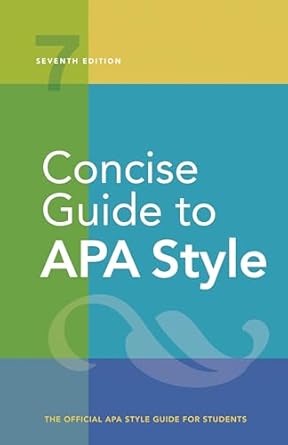[toc]
reduce gender bias inclusive language guide
Concise Guide to APA Style: 7th Edition (OFFICIAL)
Page 91 Review
Deconstructing Gender Bias in Language: A Critical Analysis
This passage from the ebook delves into the crucial topic of reducing bias in language, particularly concerning gender.
It provides insightful guidelines on using inclusive and respectful language, a vital skill for writers, researchers, and anyone striving for clear and equitable communication.
Avoiding Gendered Nouns and Occupational Titles
The text emphasizes the importance of moving away from using “male” and “female” as generic nouns. “Use ‘male’ and ‘female’ as nouns only when the age range is broad or ambiguous or to identify a transgender person’s sex assignment at birth (e.g., ‘person assigned female at birth’ is correct, not ‘person assigned girl at birth’).”.
Instead, it advocates for specific nouns relevant to age and context (e.g., women).
This shift promotes accuracy and avoids generalizing based on gender.
Furthermore, the passage addresses gendered occupational titles. “Avoid gendered endings such as ‘man’ in occupational titles (e.g., use ‘police officer’ instead of ‘policeman’), as these can be ambiguous and may imply incorrectly that all persons in the group self-identify as one gender.”.
Substituting gender-neutral terms like “police officer” for “policeman” or “homemaker” for “housewife” fosters inclusivity and reflects the diversity within various professions.
The Nuances of Pronoun Usage
The ebook provides a nuanced discussion of pronoun usage, highlighting the need for specificity and sensitivity. “Do not refer to the pronouns that transgender and gender-nonconforming people use as ‘preferred pronouns’ because this implies a choice about one’s gender.
Use the terms ‘identified pronouns,’ ‘self-identified pronouns,’ or ‘pronouns’ instead.”.
Using terms like “identified pronouns” instead of “preferred pronouns” demonstrates respect for an individual’s gender identity and avoids implying that it is a matter of personal preference.
The text acknowledges the growing acceptance of diverse pronouns, including singular “they” and alternative pronouns like “ze,” “xe,” and “hir”. “Some individuals use ‘they’ as a singular pronoun; some use alternative pronouns such as ‘ze,’ ‘xe,’ ‘hir,’ ‘per,’ ‘ve,’ ‘ey,’ and ‘hen’ (Swedish gender-neutral pronoun), among others.”.
The guidance to respect individual pronoun preferences, even when unfamiliar, underscores the commitment to inclusivity.
Addressing Historical Context and Avoiding Assumptions
When dealing with older sources that use generic terms like “man” or “he,” the ebook advises clarifying the historical context. “If you use sources that include the generic ‘man,’ generic ‘he,’ or dated occupational titles, clarify the historical context in which these terms were used (for more details, see the APA Style website at https://apastyle.apa.org).”.
This contextualization allows readers to understand the language within its original framework without perpetuating outdated biases.
The passage explicitly warns against making assumptions about gender based on roles or professions. “Sexist bias can occur when pronouns are used carelessly, as when the pronoun ‘he’ is used to refer to all people, when a gendered pronoun is used exclusively to define roles by sex (e.g., ‘the nurse . . . she’), or when ‘he’ and ‘she’ are alternated as though these terms are generic.”.
The example of “the nurse…she” highlights how assigning gendered pronouns based on stereotypes reinforces bias.
The Power of Inclusive Language
In conclusion, this excerpt from the ebook provides practical and insightful advice on mitigating gender bias in language.
By consciously choosing inclusive nouns, occupational titles, and pronouns, we can create communication that is respectful, accurate, and reflective of the diverse world around us.
It highlights the importance of being mindful of the language we use and proactively choosing words that promote equality and understanding.
By moving towards inclusive language practices, we foster a more equitable and respectful communication environment for all.
Buy full ebook for only $18: https://www.lulu.com/shop/american-psychological-association/concise-guide-to-apa-style-7th-edition-official/ebook/product-rmzpq54.html?page=1&pageSize=4

